Epoxy Grouting and Concrete Overhead Leakage
Not at all like concrete grout, which is produced using a cementitious powder blend, epoxy grout is produced using epoxy saps and a filler powder. The grout is amazingly strong and totally stainproof. Standard grout isn't waterproof, so dissimilar to epoxy grout, it can assimilate water when it's wet and stain effectively. The two primary zones where epoxy grout is prudent to utilize is in tiled showers and floors as the epoxy grout includes another layer of security for dampness getting under the tile where there is the other layer of insurance being the waterproofing. Sprinkle back tiling over vanities is one other zone where epoxy grout would be favorable. With epoxy grout a corrosive wash is additionally required to help expel any additional pitch buildup from your tile surfaces. Some epoxy grouts are structured only for glass.
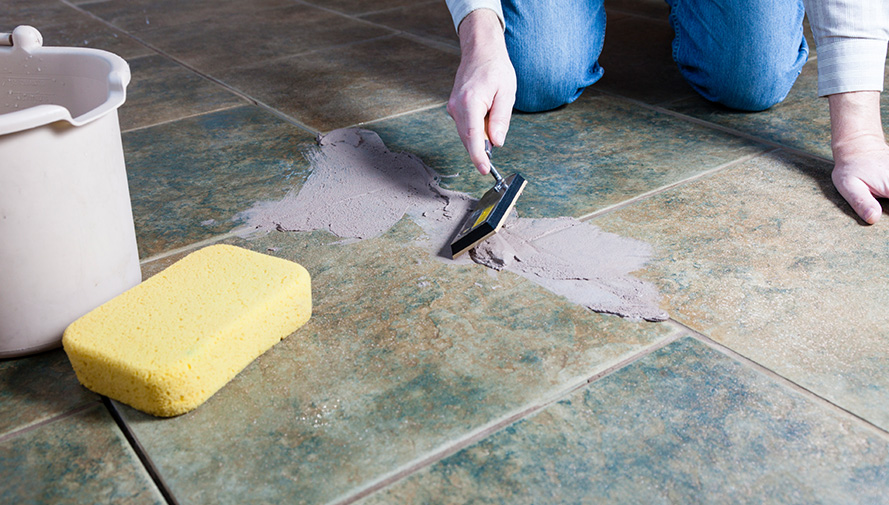
-
Surface arrangement is the initial phase in fix of splits in cement. The region to be epoxy grouted ought to be made free from oil, oil, residue and all free and unsound materials.
-
At that point breaks in cement is cut open into a 'V' groove about 10mm profound by mechanical or manual strategy. Free materials are evacuated by utilizing packed air. The 'V' groove cut is completely fixed with epoxy mortar at any rate one day ahead of time before epoxy infusion.
-
Nails are crashed into the breaks at 15 cm to 50cm interims along the split.
-
Gaps of 7 – 10 mm distance across is at that point penetrated along the splits and copper or aluminum or polythene pipe bits of 6 – 9 mm breadth is fixed as grout areolas around the nails and permitted to lay on them.
-
Epoxy plan is infused from the base generally pipe. Every single other pipe, with the exception of the adjoining ones are hindered by wooden attachments. The infusion is finished utilizing appropriate spouts associated with air blowers or by hand worked adjusted oil weapons. Weight of 3.5 to 7 kg/cm2 is regularly utilized.
When the epoxy turns out from the contiguous open channels, they are stopped and the weight is expanded to the ideal level and kept up for 2 to 3 minutes. The infusion spout is then pulled back and the gap fixed with epoxy mortar.
This task is rehashed for different pipes too. Any pitch that remaining parts or floods the pipe is scratched off with a metal spatula and the surface cleaned with a cloth absorbed non-inflammable dissolvable.
Because of confinement of pot life, it is prudent to blend just little amounts of epoxy at once. All proportioning ought to be by weight and blending ought to be exhaustive.
Low thickness pitches might be embraced for dainty breaks. A record of materials utilized for epoxy grouting ought to be kept up.
Water tank Proofing
The water storage tankers in the residential or industrial or corporate areas become damaged due to the persistent water storage.
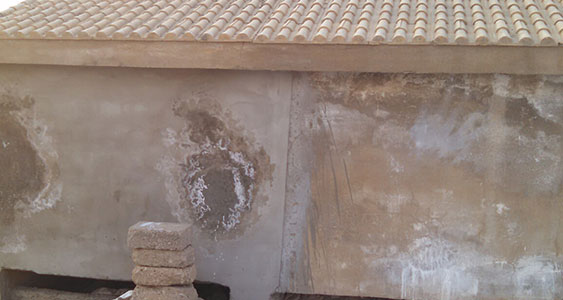
-
Basement and concrete structure
-
Water tank floor waterproofing
-
Sunken and basement waterproofing
-
Roof of the water storage tanks
-
Sump coating for the roof
-
Concrete is less flexible and cracks over time. Repairing an existing water tank is a time consuming process and cause inconvenience to the residents.
Bathroom leakage and waterproof
Bathrooms are the major problem faced by everyone because of the excess water leakages. The wet areas especially bathrooms should be taken extra care for reducing water leakages.
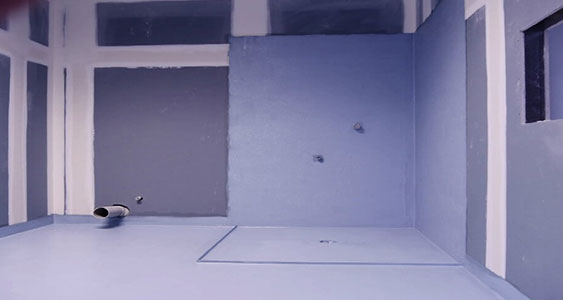
-
Shower walls and floors
-
Spa walls and floors
-
Bathroom walls
-
Bathroom floors on any building
-
Toilet waterproofing
-
The bathroom area is exposed to water every day and thus, waterproofing bathroom floors are a must. During construction
wall cracks
Crack filling is done commonly to seal the cracks formed especially on the floor, walls, and pavements and to maintain them in a proper condition.
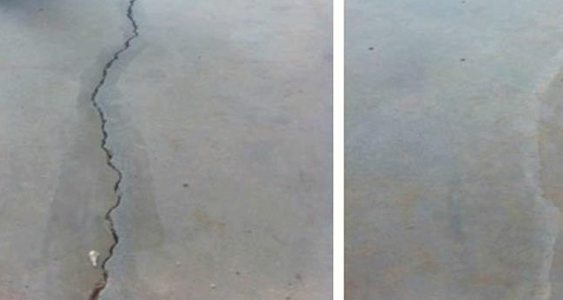
-
The cracks are formed majorly due to the following reasons
-
Poor building process
-
Deterioration
-
Age
-
Water leakages through internal and external walls
-
Cracks in walls are common in buildings; though some are nothing to worry about, others can indicate a sinking or damaged foundation (subsidence).
Basement leakage control
A leaking basement is a very common occurrence in many homes. When a basement leaks it does not imply that the home was not built well or that some extraordinary catastrophe has taken place
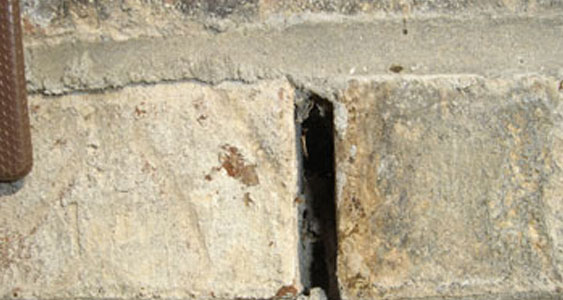
-
Hydrostatic Pressure
-
Lateral Pressure
-
Window Wells
-
Floor Cracks
-
Cove Joint
-
Many homeowners seek out interior basement leak repair solutions. Fortunately, regardless of the type of foundation that you have, it is possible to fix just about any leaky basement wall from the inside of your home.
Bathroom leakage control
The bathrooms are the main problem that everyone faces due to the excess of water leaks. Wet areas, especially bathrooms, should take special care to reduce water leakage.
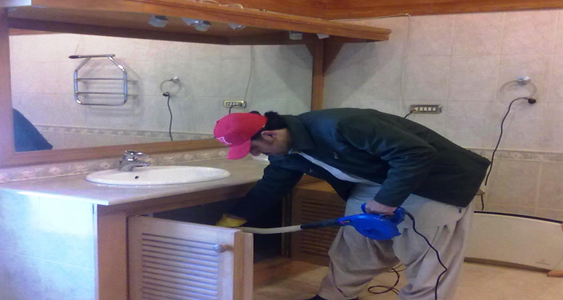
-
We check which chemical suits better to the bathroom or other wet areas.
-
Our chosen chemical will be the top branded leak proofing materials of the waterproofing chemical industry.
-
We cut and apply chemical through the edges without damaging the bathroom finishing.
-
If the injury is more, we will take the permission from our customer either to break the damaged area or not. Depending on their decision we will go for further steps.
Slab seepage control
Water storage tanks in residential, industrial or corporate areas are damaged due to persistent water storage. This damage will create small cracks or even tiny holes that lead to excessive water leakage.

-
Chemical plants waterproofing
-
Damp Walls for interior and exterior surfaces
-
Structural Concrete (Roof Concrete)
-
Waterproof Coat (Elastomeric Polymer)
-
Protective Screed (12.5 mm thick)
-
Redoing the waterproofing from the RCC slab is cumbersome and expensive. The existing screed and brick bat layers need to be broken and removed.
Don't See What You Need? Call Us today!
+91 90100 03288
-
we fix all your
Water Leakage problemsWe are in this waterproofing industry for the last 10 years, and our account is still underway. It is a family business, and now we have taken this to the next level with the support of all our loyal customers.
about more
-
HAPPY CLIENTS
-
year of service
-
Our Team
-
Our Projects
